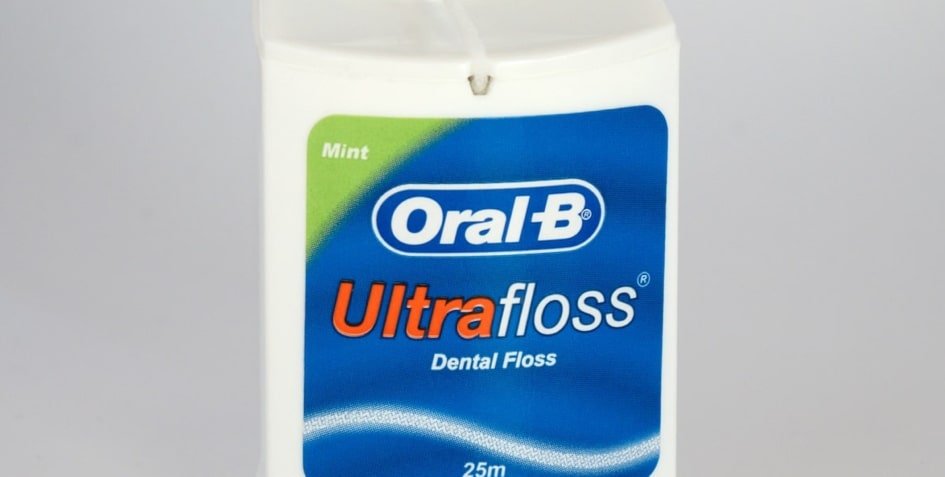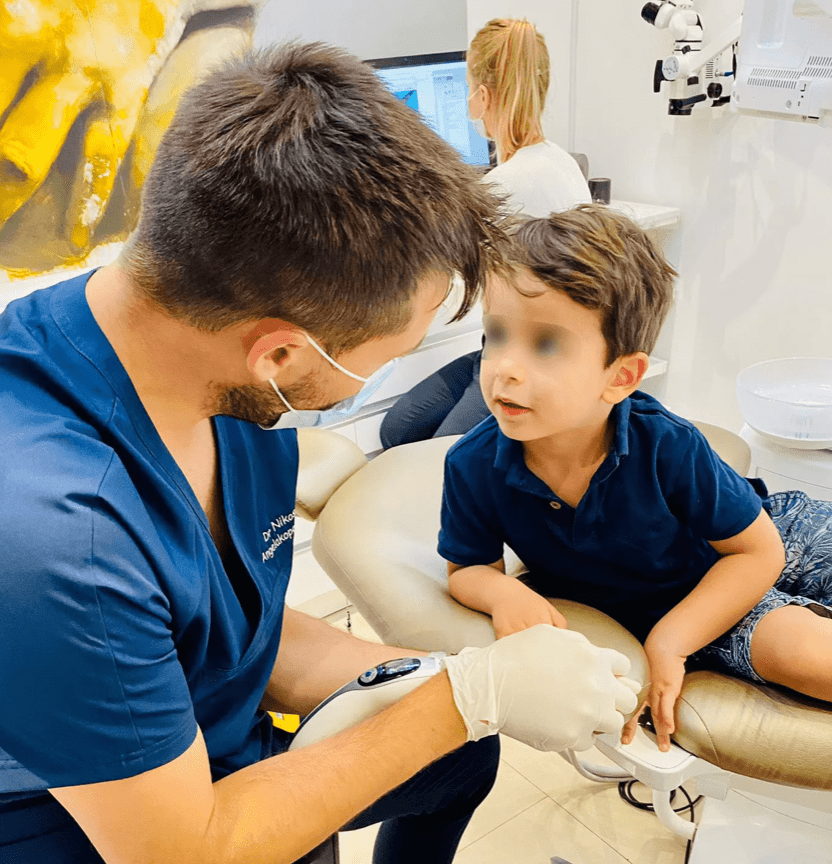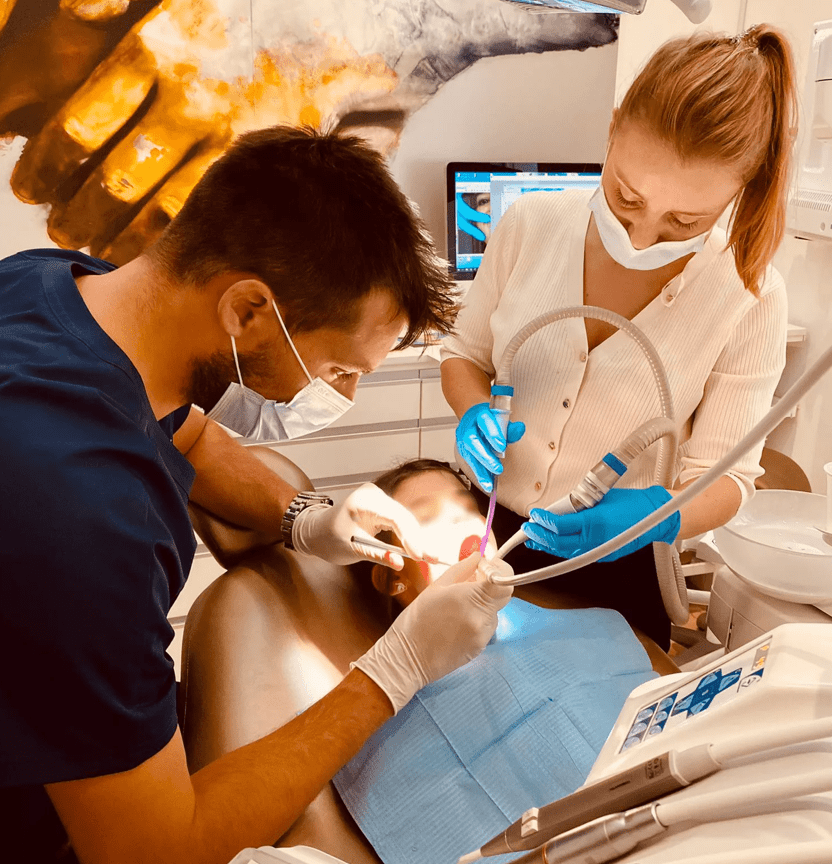Tips for flossing

Cleaning the interdental spaces is an important part for a daily oral hygiene. Even if teeth are so close to each other, the interdental spaces are hardly recognizable as such.
Flossing
Why is it important to brush between teeth?
Each tooth has at least four sides, and even five for molars with their occlusal faces. While you’re brushing, the toothbrush does not reach the sides where the teeth touch (interdental spaces). Even though it is more painful than brushing your teeth, you should clean the interdental spaces as well. After all, the spaces between teeth make up about one-third of the total surface area of the teeth! No matter how small they are, food remains accumulate there and can lead to deposits and cavities.
Brush or wire? Give it a try!
Interdental brushes currently offer the best proven cleaning effect. A suitable brush cleans the entire interdental space. It can be inserted and removed with medium pressure – not too firm and not too light. If it is too thin, it does not clean well enough. If it is too thick, there is a risk of injury.
How to properly floss?
Flossing makes it easier to remove the plaque between teeth and under the gum line (where the gums and teeth meet). Although interdental brushes can effectively clean these hard-to-reach areas, the space between the teeth is sometimes tiny for such a brush, so flossing is an excellent alternative.
A proper flossing technique is essential. Keep flossing instructions simple. Always be gentle when flossing to avoid hurting your gums:
- Cut a piece of dental floss about 45 cm long and wrap the ends around the middle fingers of each hand
- Hold a piece of floss about 1 inch long between your thumb and index finger.
- Insert the floss into the interdental space with a gentle back-and-forth motion. When the floss reaches the gum line, press it in a C shape against the tooth.
- Press the floss against one side of the tooth and gently scrape the plaque upward with the floss away from the gum.
- Repeat this process for the other tooth at this space. Don’t forget the back of the last tooth.
- Use a systematic approach to make sure you don’t miss any teeth.
You can ask to your dentist or dental hygienist at Rhône Dental Clinic to instruct you the proper technique. When you floss, you may see blood at first, but this bleeding should stop quickly. If the gums continue to bleed after a few days of flossing, it could be a sign of gum disease.
It’s important to discuss this with your dentist, who can examine the health of your gums and inform you of treatment options for gum disease.
How often should I floss?
Many people don’t know how often to floss or if they have to floss before or after brushing their teeth. Interdental brushes or dental floss to clean teeth should be used once a day before brushing.
Do you want to know more about flossing? During your consultation, your particular situation will be discussed in more detail. We encourage you to ask any questions you may have. If new questions arise after your consultation, please feel free to contact the clinic. During the initial examination, we will be able to help you make your choices for better flossing. Moreover, we can determine the treatment plan, the expected duration of treatment and the approximate cost.
Stop by our dental clinic for a visit, or call us at 022 310 50 77 to arrange a consultation











